
Evaluations and alternatives.
We live in a polluted world, unfortunately. We eat polluted food, we breathe polluted air. When we are about to become mothers, this thought worries us even more, because we are aware that with our choices we can not only harm ourselves, but also and above all the life that grows within us.
During pregnancy we are more careful, and even in the aesthetic field we select products and services with greater care.

Is dyeing your hair during pregnancy and breastfeeding safe?
Today, unlike some time ago, there are many choices. The market offers a lot, but who can we really trust?
The European regulation for the safety of cosmetics ( https://eur-lex.europa.eu/legal-content/EN/TXT/?uri=CELEX%3A02009R1223-20220731 ) lists the threshold presence of a list of prohibited elements in dyes, as they are considered potentially toxic; However, you must pay attention, there are some substances which, although permitted, can cause allergies or annoying intolerances. If this is the case, the manufacturer is obliged to declare it in the information material.
I therefore suggest, as a first precaution, to check and read the labels carefully.
In parallel with the regulations, there is much scientific research that has explored the topic in depth, evaluating whether and how the use of permanent (chemical) dyes can cause the onset of diseases. Among many, I report the British Medical Journal, an academic medical journal published by the British Medical Association (BMA), which you can consult here: https://www.bmj.com/content/370/bmj.m2942
This study analyzed and tried to understand whether the continuous use of permanent hair dyes and the onset of tumors are somehow related. Approximately 120,000 women participated in the study and, although the conclusion is that there were no direct relationships between use and cancer risk, and related mortality, “…contrasting results in analyzes stratified by natural hair color justify further investigation…”.
So to be completely certain, we will have to wait for these further investigations and related further tests: research is - fortunately - always in progress, and what is true today may not necessarily be true tomorrow.
All this is valid in all fields. The REACh Regulation, for example, is the tool that the European Union introduced to ensure correct and safe management of chemical substances in textiles. And it is one of the regulatory references that we at MHUG also consult when we have to choose new fabrics. This tool has been updated over time, the thresholds have become more restrictive.
So, where there is no certainty...caution!
So, what to do?
How to reduce the risks when using chemical dyes?
The United Kingdom's National Health System (NHS) on the site
“ You may decide to wait to dye your hair until after the first 12 weeks of pregnancy, when the risk of chemicals harming your baby is much lower. If you're coloring your hair yourself, you can further reduce the risk making sure you:
- Wear gloves
- Reduce installation to the indicated minimum
- Work in a well-ventilated room
- Rinse your scalp well once the dye has been applied
It also specifies that reviving the color on the locks reduces any risk, as the chemical substances are absorbed by the hair and not by the scalp.
Are there any alternatives to using chemical dyes?
Following the fashion of the moment, the first alternative would be...not to dye them at all! Once gray was synonymous with premature aging, now we see twenty-year-olds with silvery, chemically created hair and beautiful forty-year-olds showing off their natural white.
Are there alternatives for those who don't want to give up coloring, like me for example?
I speak from direct experience: having very sensitive and reactive skin, I have always suffered from irritation and skin rashes (so many itches in the head!) I have experienced and caused disasters over the years; I left the house with unlikely colours... before arriving, by pure chance, much later, to discover Beautilicious Delights, an all-female company created by Rozalia Chiru, a young and serious entrepreneur who produces, in collaboration with a laboratory specialized in the production of natural cosmetics, a line of organic, healthy and innovative products. This is his website: www.curavisoecapelli.it .
I was immediately struck by his politeness (in a world where those who shout the loudest often seem to win), his competence and total dedication to his work. I asked her for advice and have since become her client.
I would like to start by saying, and I would like to specify, that there is no commercial agreement, I am just genuinely enthusiastic because I am speaking about it from lived experience.

Are dyeing herbs safe?
In the recommendations above, the NSH specifies that semi-permanent pure plant dyes, such as henna, are a safe alternative.
But is it really like that?
Actually no. Natural is not synonymous with non-toxic, and therefore thinking that a dye herb is necessarily safe is not true.
Let's see how the process works with dyeing herbs: unlike chemical dyes, vegetable dyes envelop the hair shaft and color thanks to the action of a pigment present in what is commonly called "henna" (Lawsonia inermis). To be clear, that red pigment, the only one that covers white hair and which is also used in combination with other herbs to obtain a wide range of brown colors, and more!
This pigment, Lawsone, when applied as a batter, penetrates the scalp (and therefore, into our body). Bad news: laswsone itself is toxic. Don't be alarmed though, parsley is also a toxic herb, yet we eat it, as well as many others! To establish its toxicity, some parameters must be evaluated, such as concentration level and exposure time to the substance: if in correct doses, Lawsone is absolutely harmless. Let's delve deeper to understand up to what doses it is not harmful.
To date there is no law that regulates the percentage of Lawsone allowed, we are stuck with a 2013 study (updated last year), drawn up by the scientific committee of the European Commission, which specifically deals with the topic of henna, “Opinion on Lawsonia inermis (hemma) ”, for those wishing to learn more, here is the link https://ec.europa.eu/health/scientific_committees/consumer_safety/docs/sccs_o_140.pdf .
Here is a summary in Italian http://www.farmacovigilanza.unina2.it/index.php?option=com_content&view=article&id=387:2-cloro-p-fenilendiammina&catid=73&Itemid=482&lang=it
The study states that using henna is safe , stating that this is the case if the Lawsone % is a maximum of 1.4%.
And what about quantity?
When formulated and applied as indicated in functions and uses, e.g. 100 g of henna powder mixed with 300 ml of boiling water, henna is considered safe for the consumer.
Which is fine for us, 100g is more than necessary to color one long hair.
So everything seems safe, right? Unfortunately not, let's remember that since there are no legal constraints, companies actually have the freedom to regulate themselves as they wish, and unfortunately in the market there are always those who take advantage of this.
This is why it becomes important for our safety to rely on those who, in a transparent and documented manner, declare what they sell, what potentially toxic substances are present and what are therefore the respective potential risks.
In the case of dyeing herbs, every manufacturer and trader has the ethical duty to monitor and verify that this percentage of 1.4% is never exceeded.
In the jungle of the organic and natural market, Beautilicious Delights clearly stands out, offering an example of great seriousness: it informs the consumer, publishes the results of the tests that are regularly carried out on samples of the dyeing herbs on sale and offers scrupulous personalized advice. Because Rozalia cares about her job and wants to do it well.
Here you will find a concrete example: https://cdn.shopify.com/s/files/1/0447/0177/files/lawsone_naftaquinone.png?v=1655391245
The products are organic, certified by Ecocert as Cosmos compliant, the standard that defines the criteria that companies must respect to guarantee consumers that their cosmetics are organic or natural and made with the highest possible sustainability practices. Another additional guarantee for us consumers, for our health and also for the environment.
Once you find the herbs safe, the question is, do they really cover gray hair?
The answer is yes. But the result depends on the type of herb used, where it comes from and how it is applied.
It is possible, through well-studied mixes, to obtain any shade starting from white hair. Therefore, the belief that dyeing herbs can only generate red or copper hair must be dispelled.

This is Rozalia. When she got pregnant, and shared her joy on social media, it seemed more than natural to invite her to try one of our Mei Tais. A bit like what had happened to me in the world of dyeing herbs, Rosalia had also had less than positive experiences in "our world", so she had abandoned the idea of bringing her beautiful Luna. Despite the initial and understandable skepticism, he decided to try again, and his feedback, which he wanted to share, filled us with joy.
If you are interested in the world of dyeing herbs as a (very valid!) alternative to chemistry, this is his ig page @beautilicious_delights_rozalya
To learn more about the hair cycle phases:
If you want to learn more about what happens to our hair during pregnancy, you can learn more here, in Rozalia's blog you will find the various growth phases clearly explained: https://www.curavisoecapelli.it/blogs/news/capelli-in-gravidanza-cosa-succede-prima-e-dopo-la-gravidanza-puoi-usare-lhenne?_pos=1&_sid=f2b5d327f&_ss=r
Bibliography:
- Study on Lawsonia inermis (henna) by the Scientific Committee on Consumer Safety: https://ec.europa.eu/health/scientific_committees/consumer_safety/docs/sccs_o_140.pdf .
- Scientific Committee for Consumer Safety: request for scientific opinions on some substances used in cosmetic products: http://www.farmacovigilanza.unina2.it/index.php?option=com_content&view=article&id=387:2-cloro-p-fenilendiammina&catid=73&Itemid=482&lang=it
- Article Personal use of permanent hair dyes and cancer risk and mortality in US women: prospective cohort study – British Medica Journal https://www.bmj.com/content/370/bmj.m2942
- Article by FNOMCeO, National Federation of Orders of Surgeons and Dentists https://dottoremaeveroche.it/in-gravidanza-la-tinta-ai-capelli-non-si-puo-fare/
- National Health Service UK: https://www.nhs.uk/common-health-questions/pregnancy/is-it-safe-to-use-hair-dye-when-i-am-pregnant-or-breastfeeding/
- Information and sales site on dyeing herbs: www.curavisoecapelli.it
- European regulation for the safety of cosmetics: https://eur-lex.europa.eu/legal-content/EN/TXT/?uri=CELEX%3A02009R1223-20220731
- Specifics on coloring with henna https://www.curavisoecapelli.it/blogs/news/usare-henne-per-capelli-in-sicurezza-cose-il-lawsone-naftoquinone-divieto-in-caso-di-favismo-e-rischio-allergie? fbclid=IwAR201Cvo2JsmdJk5d2kwTNjyVUpIQg-KtsubV7pLf-6C8RklYJw9FqJgN4w
- COSMOS standard site: https://www.cosmos-standard.org/?lang=it

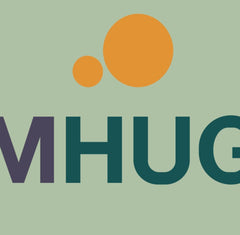
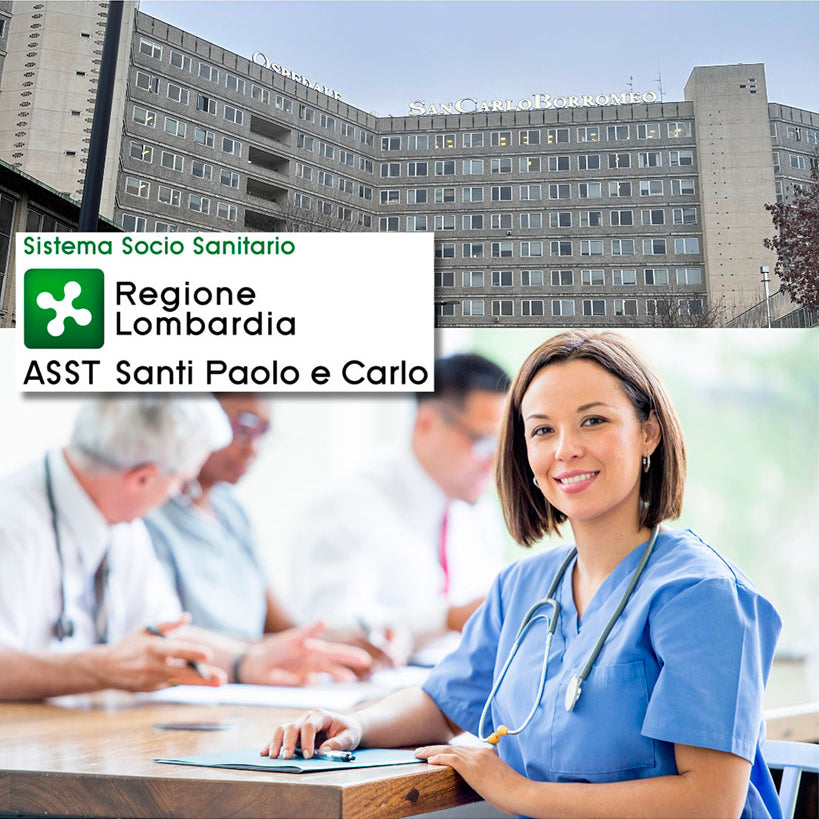
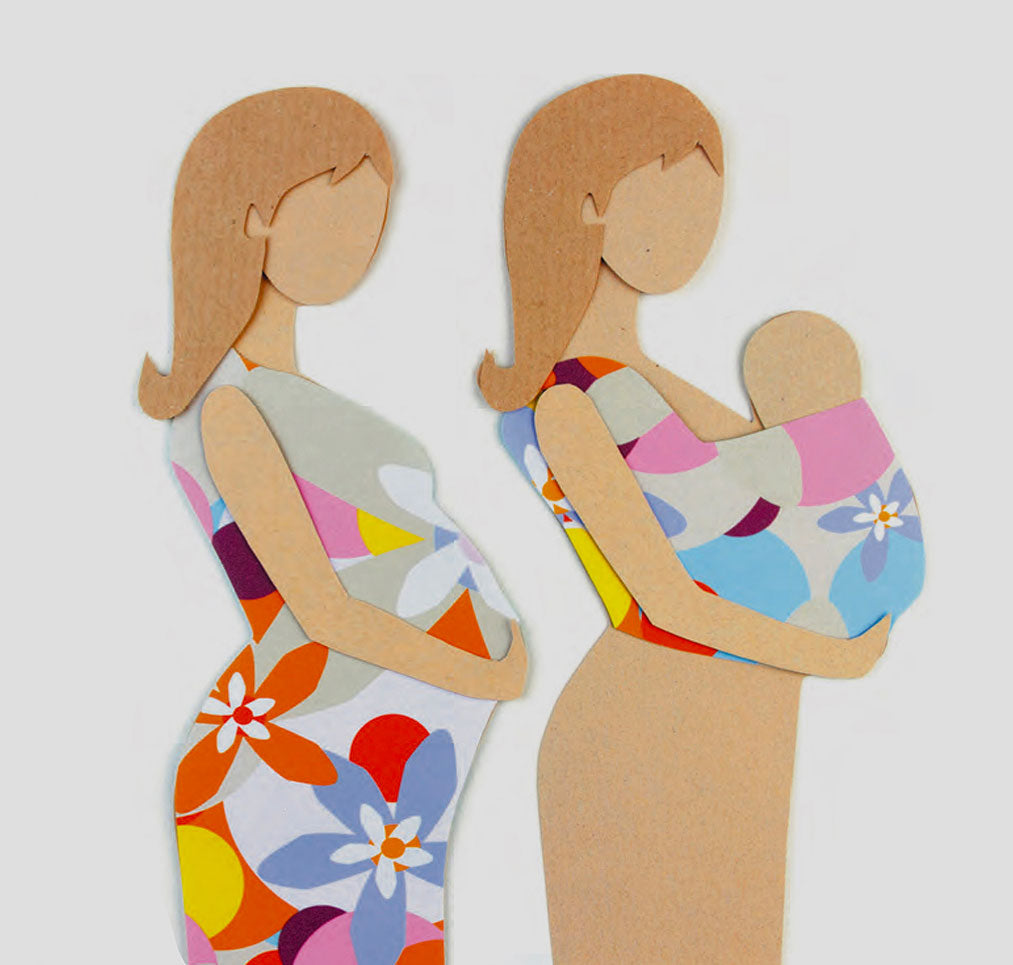
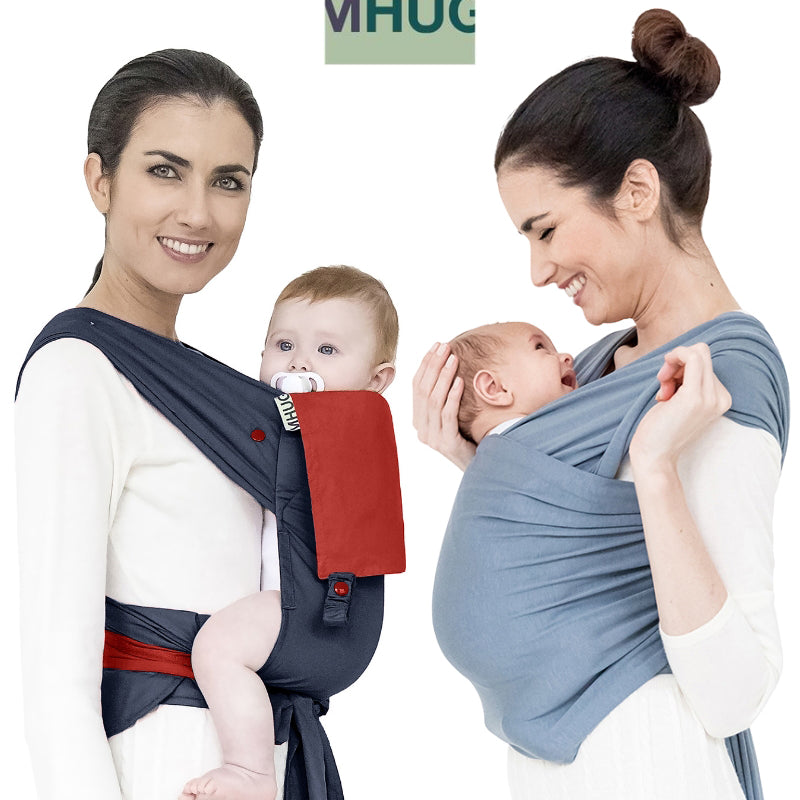
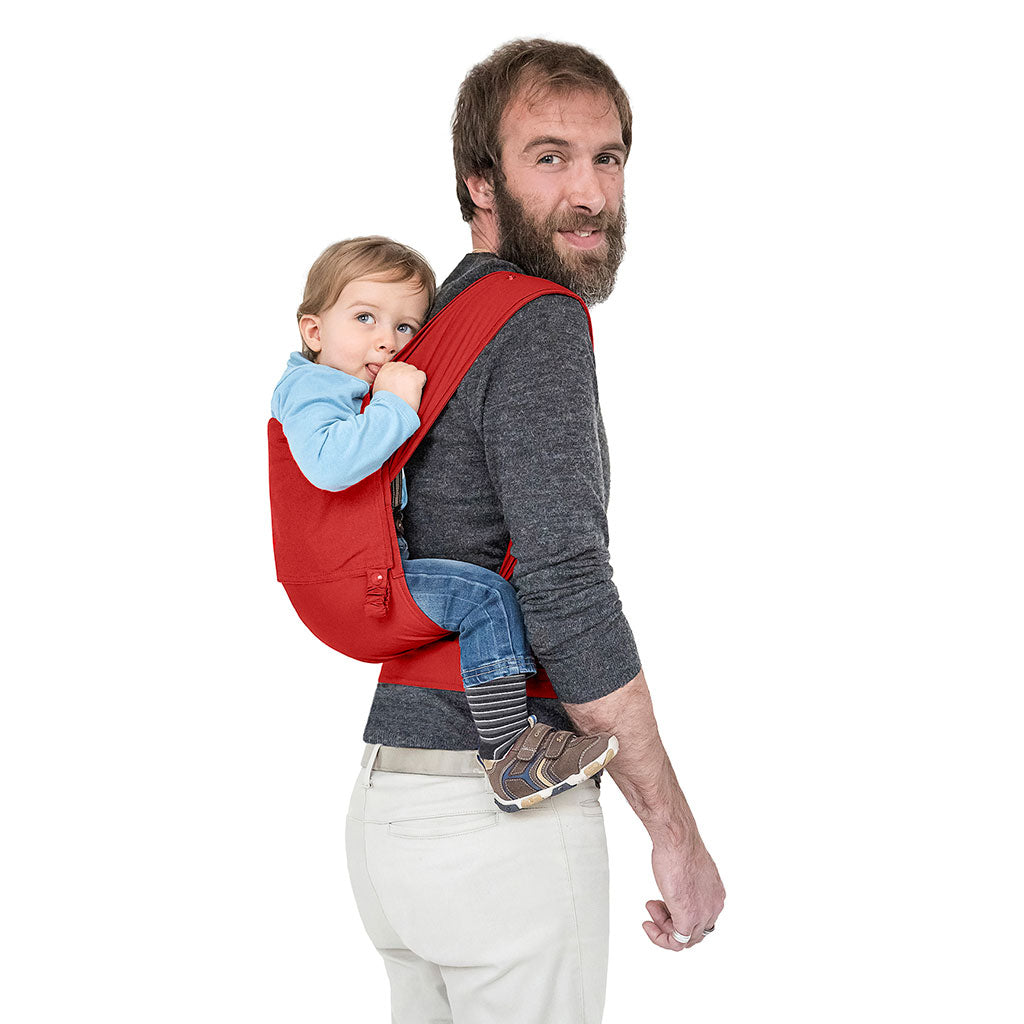
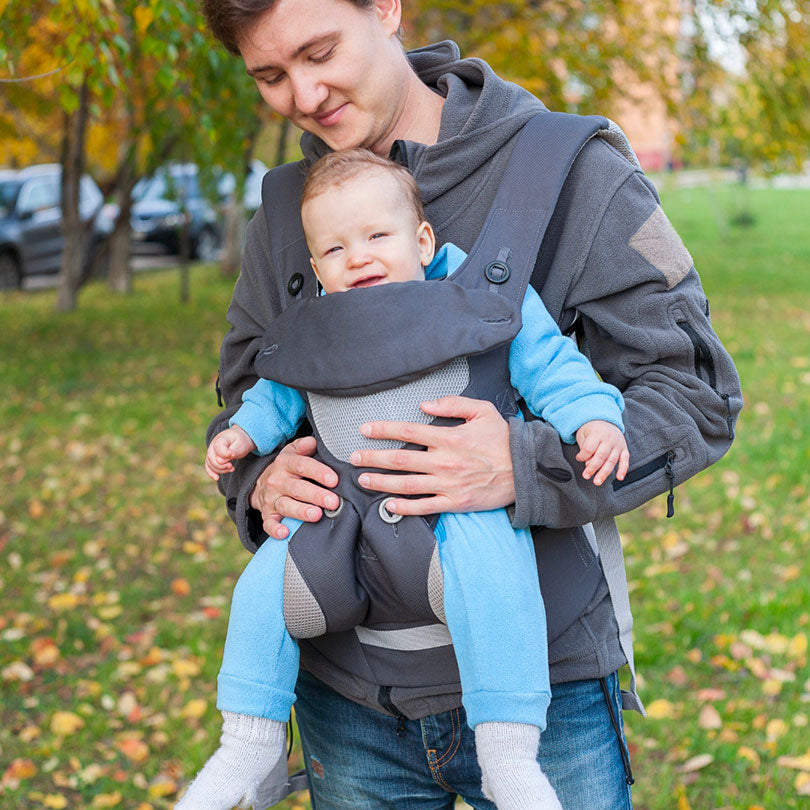
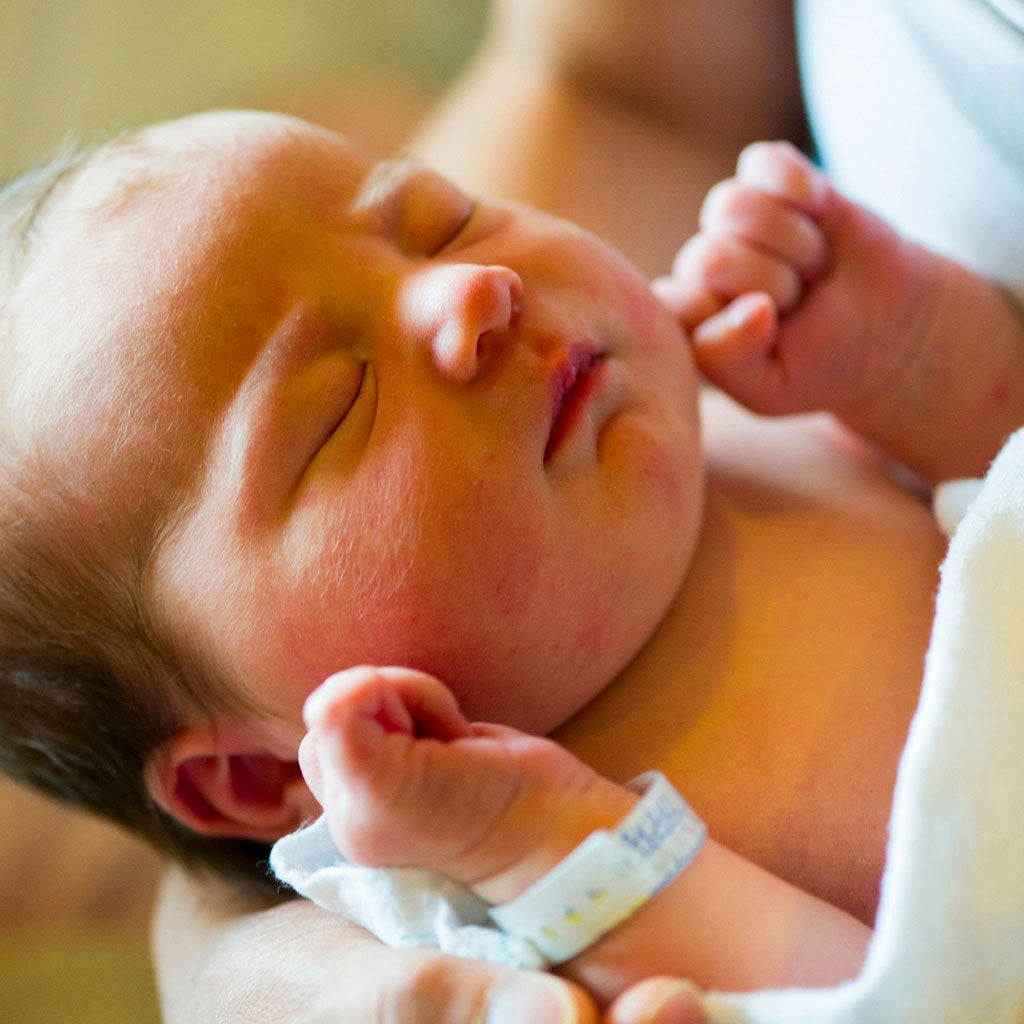


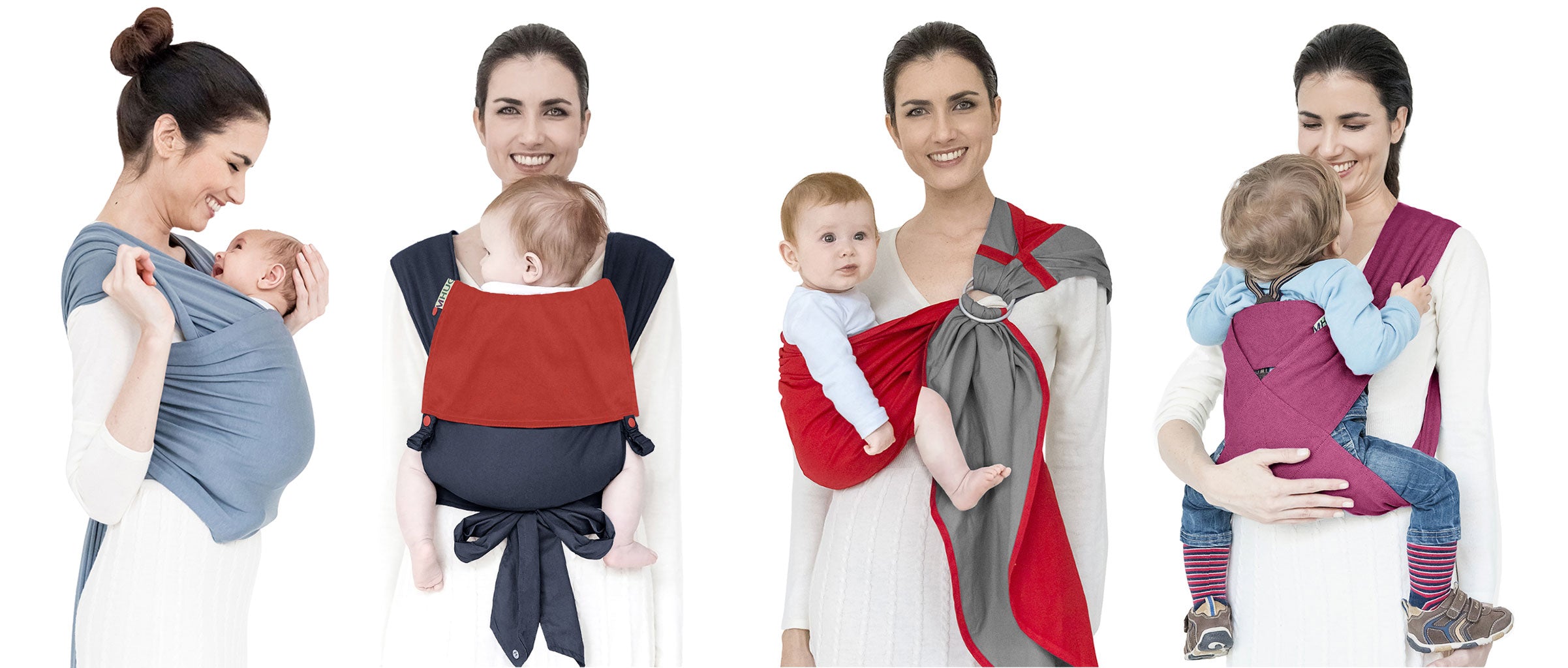
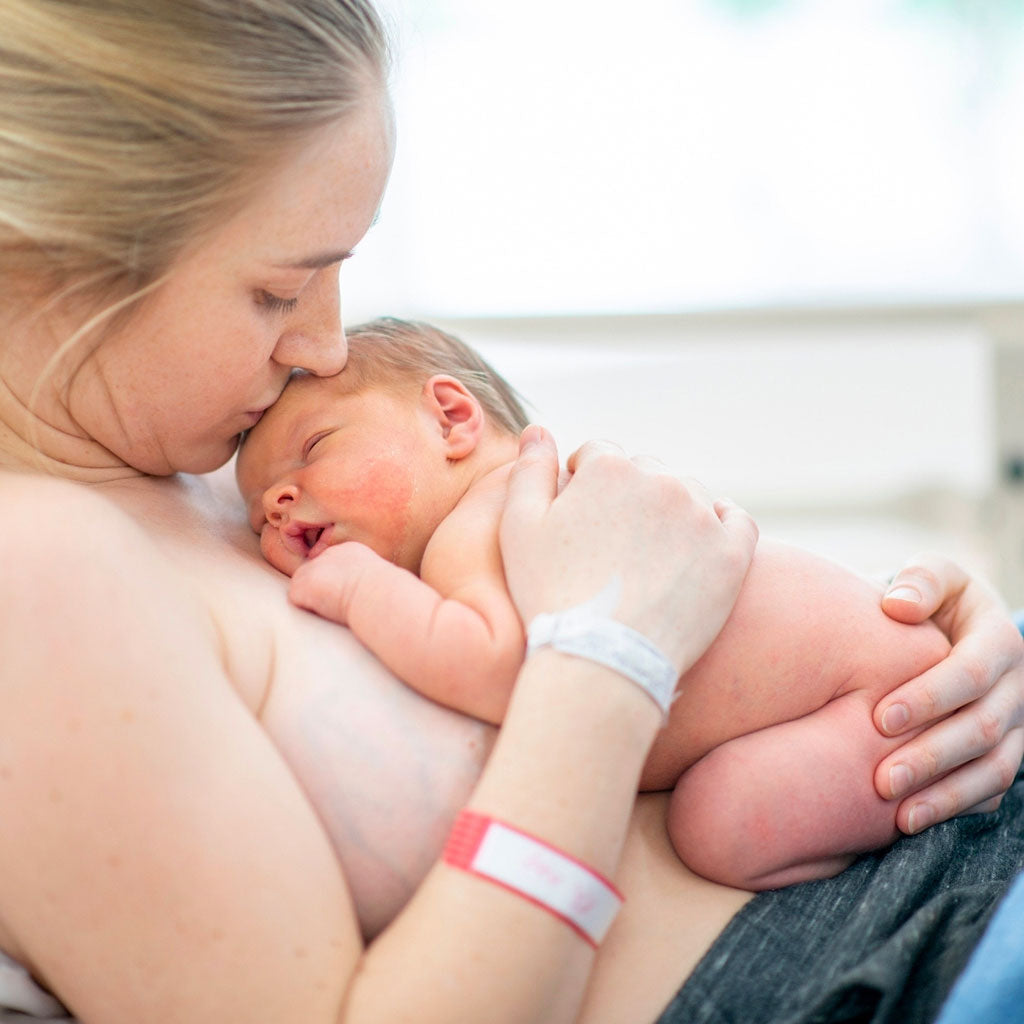
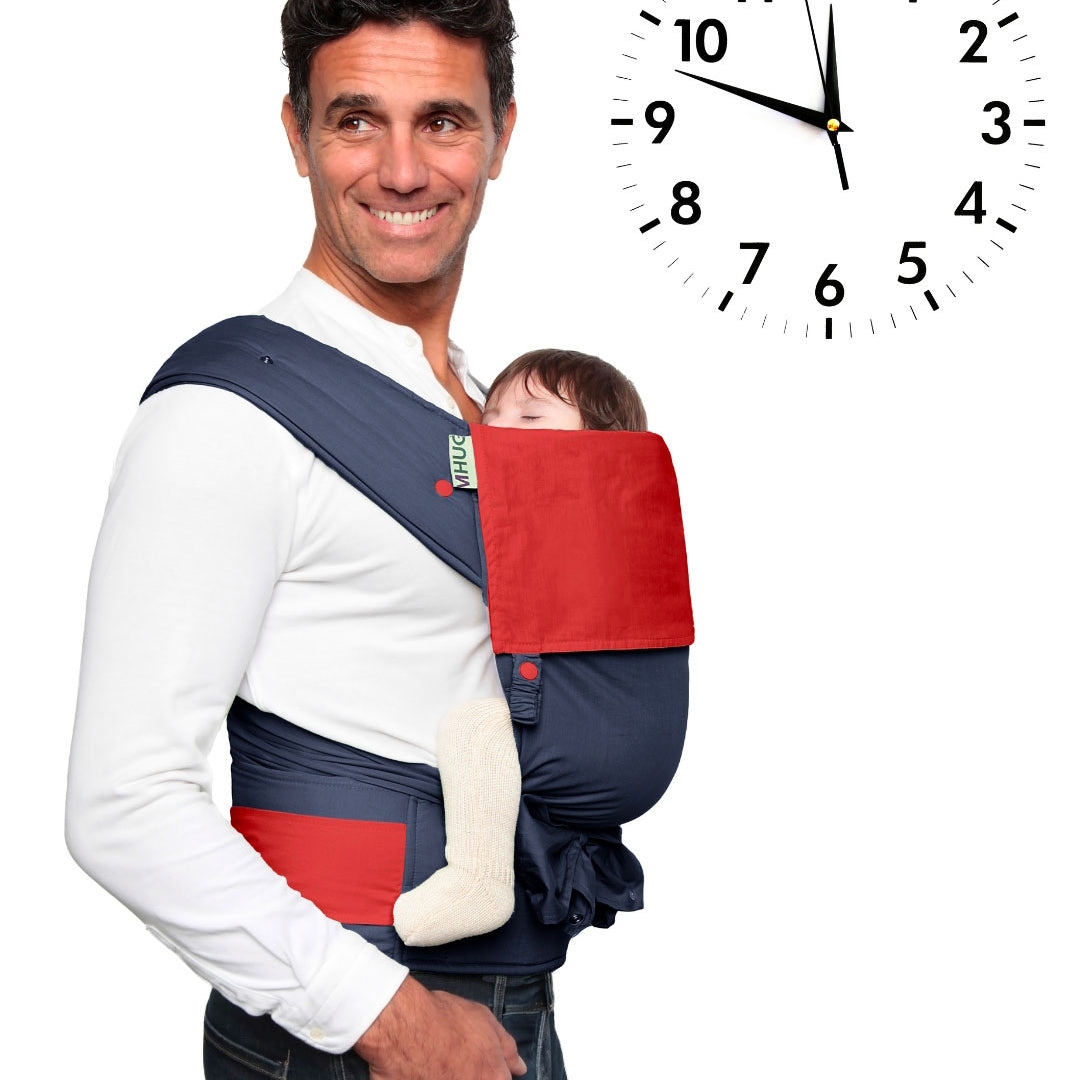
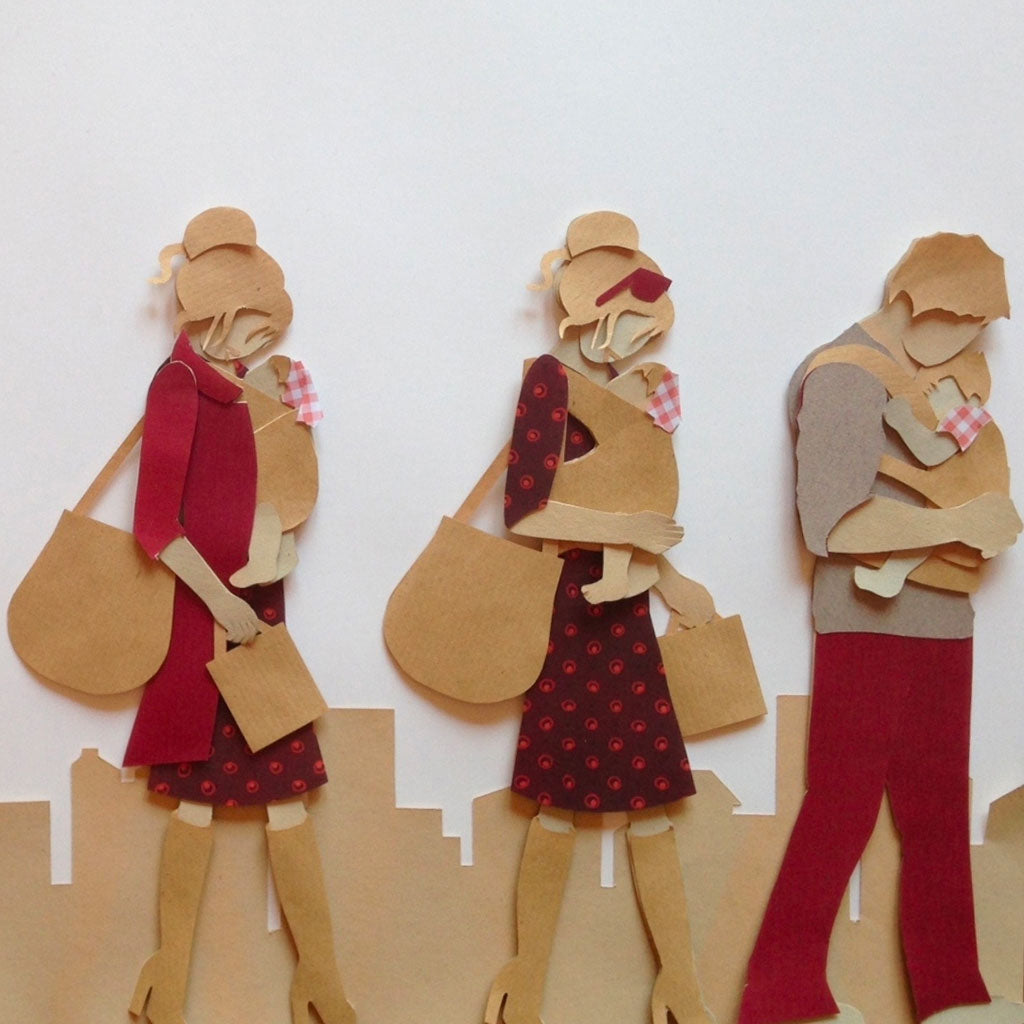
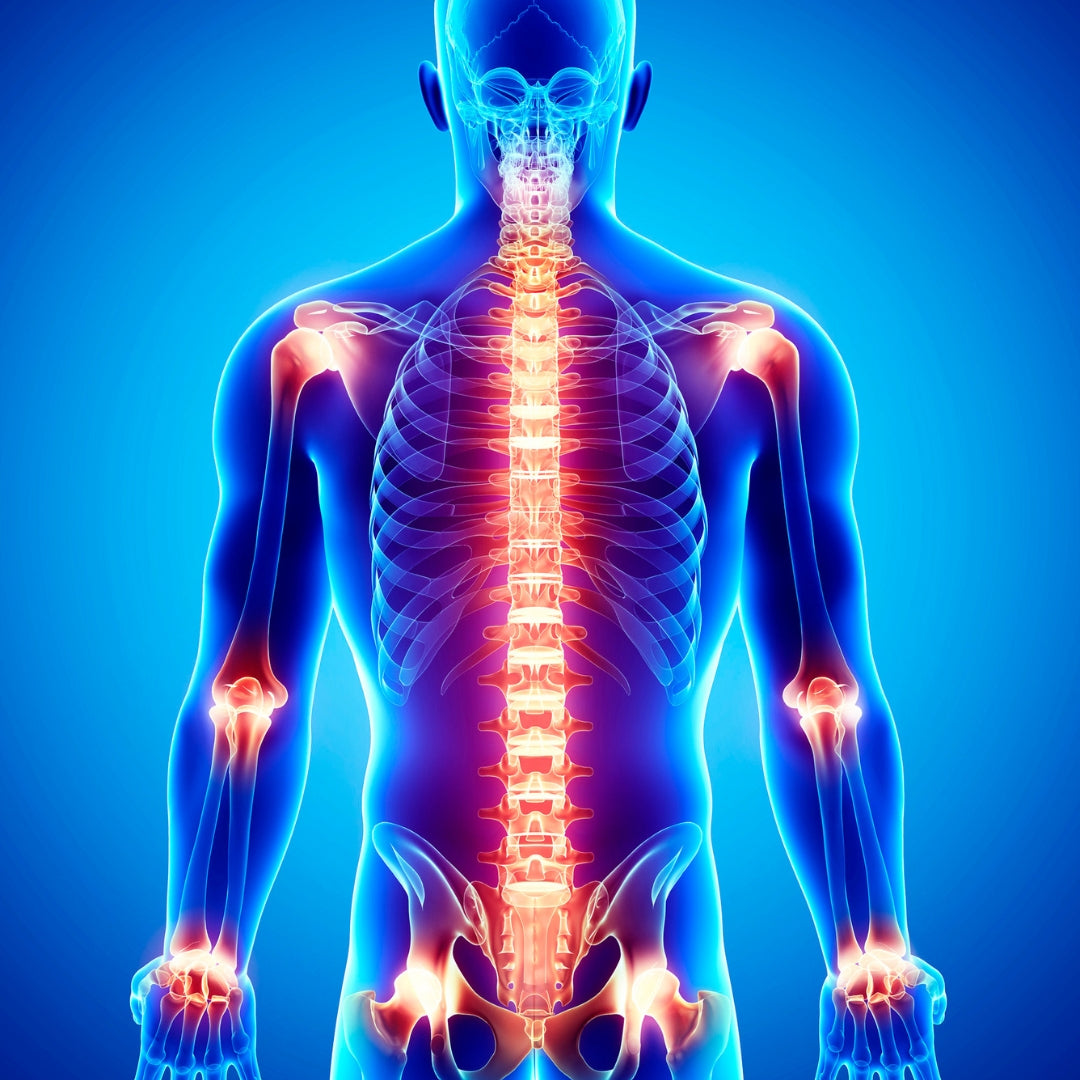
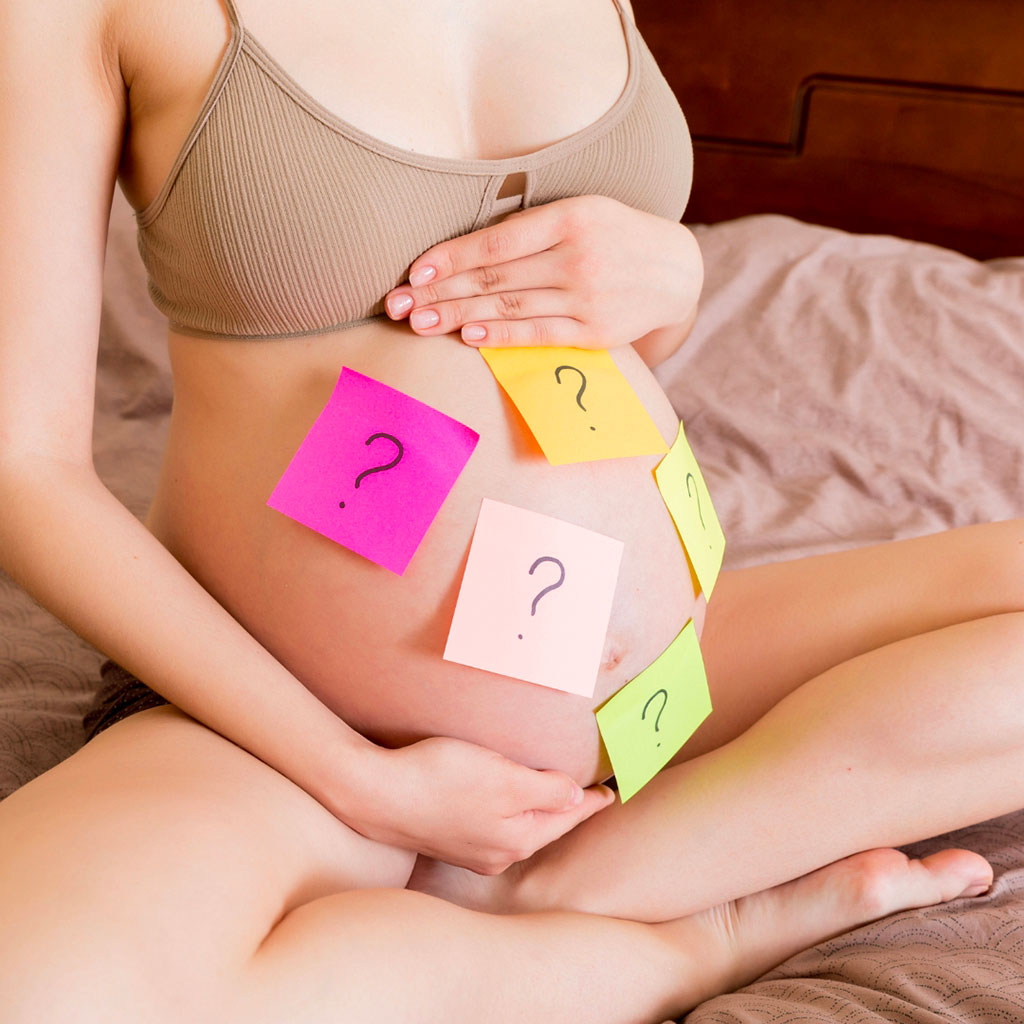
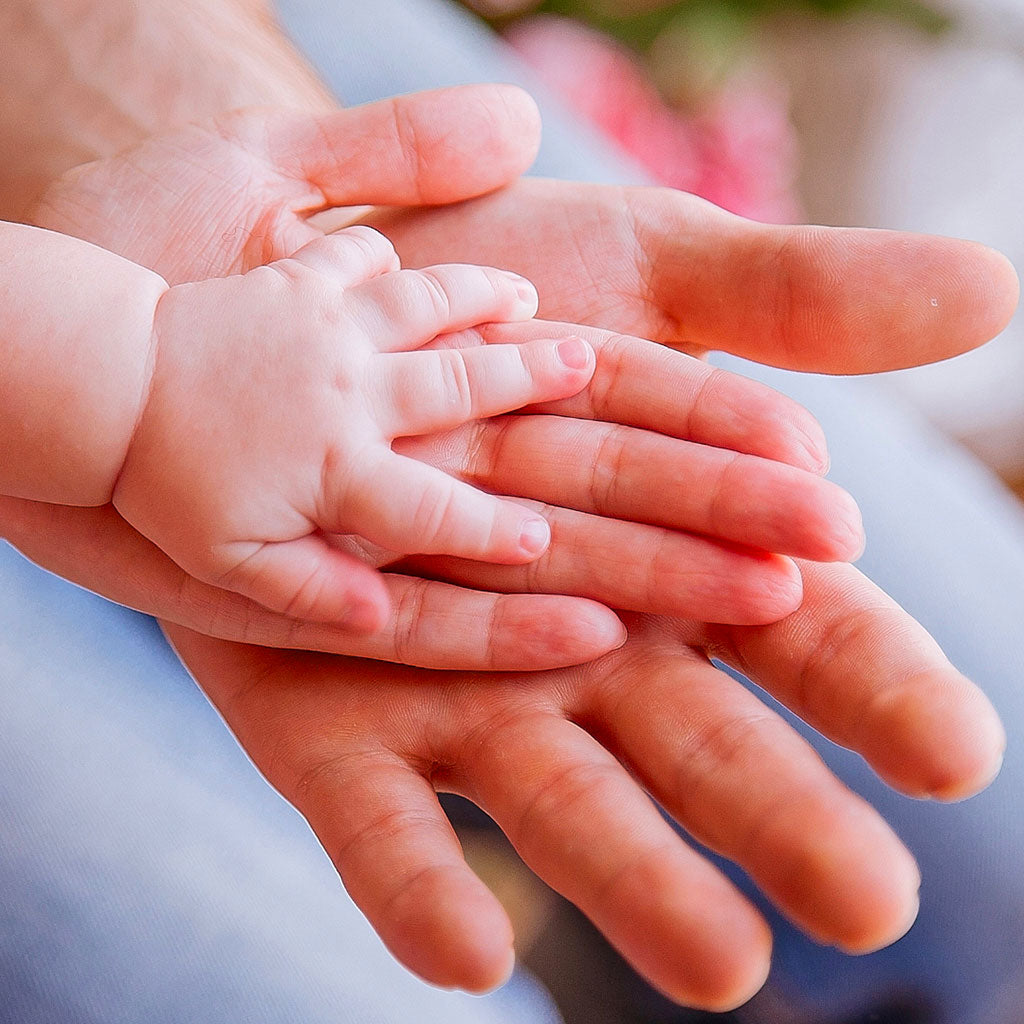
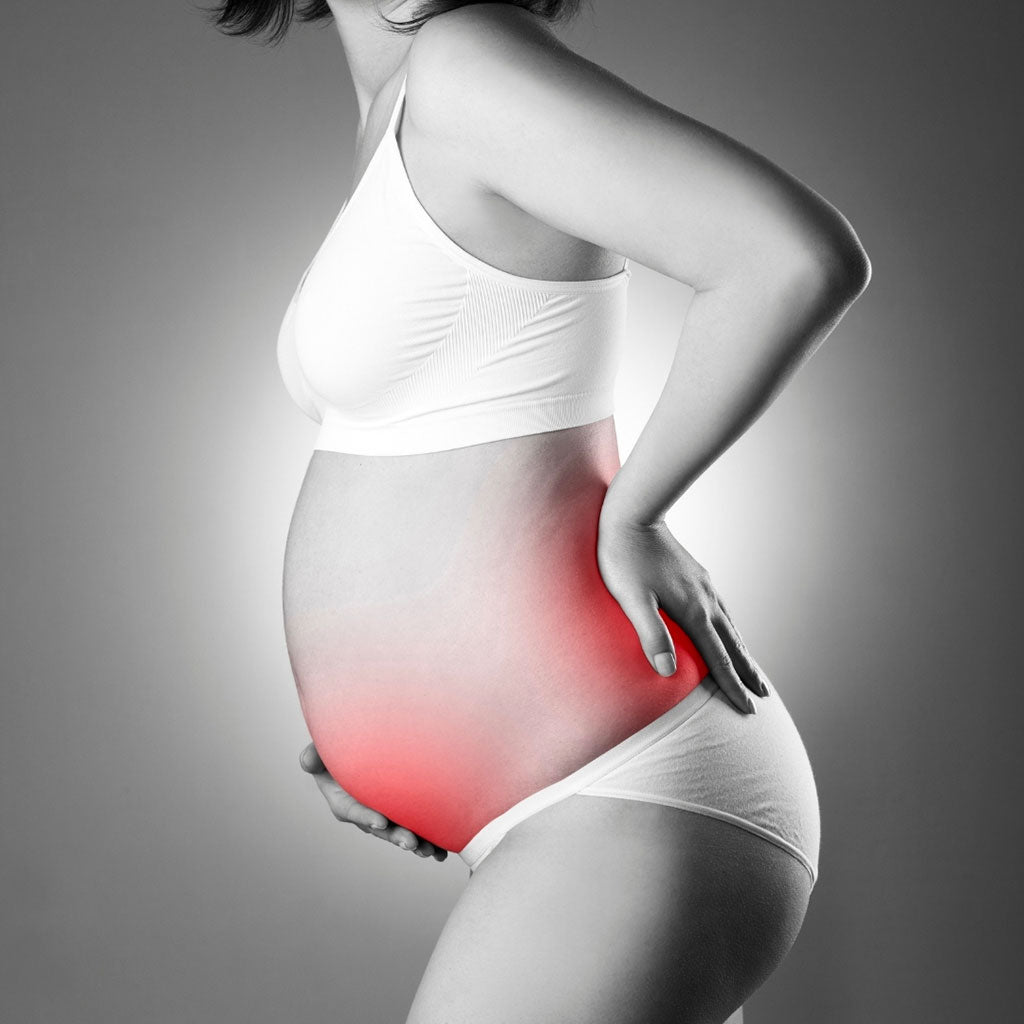
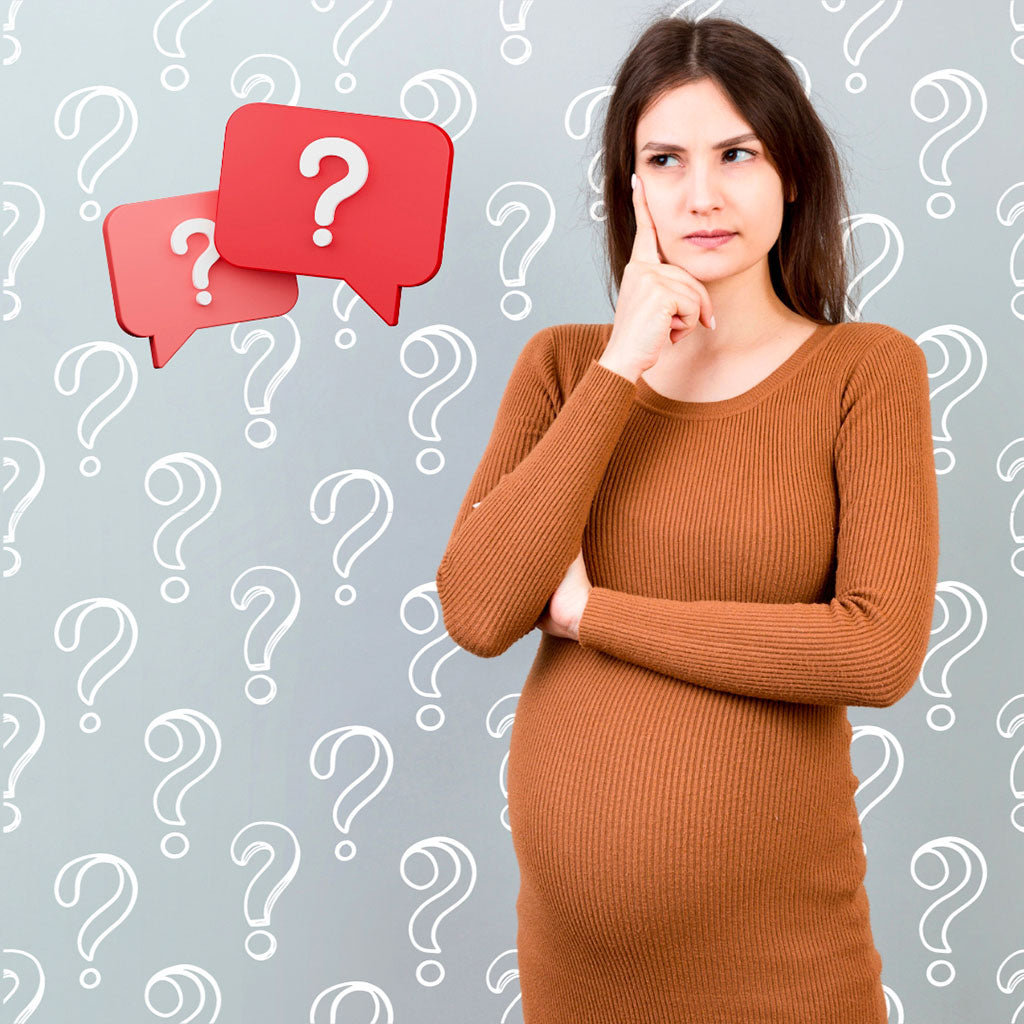

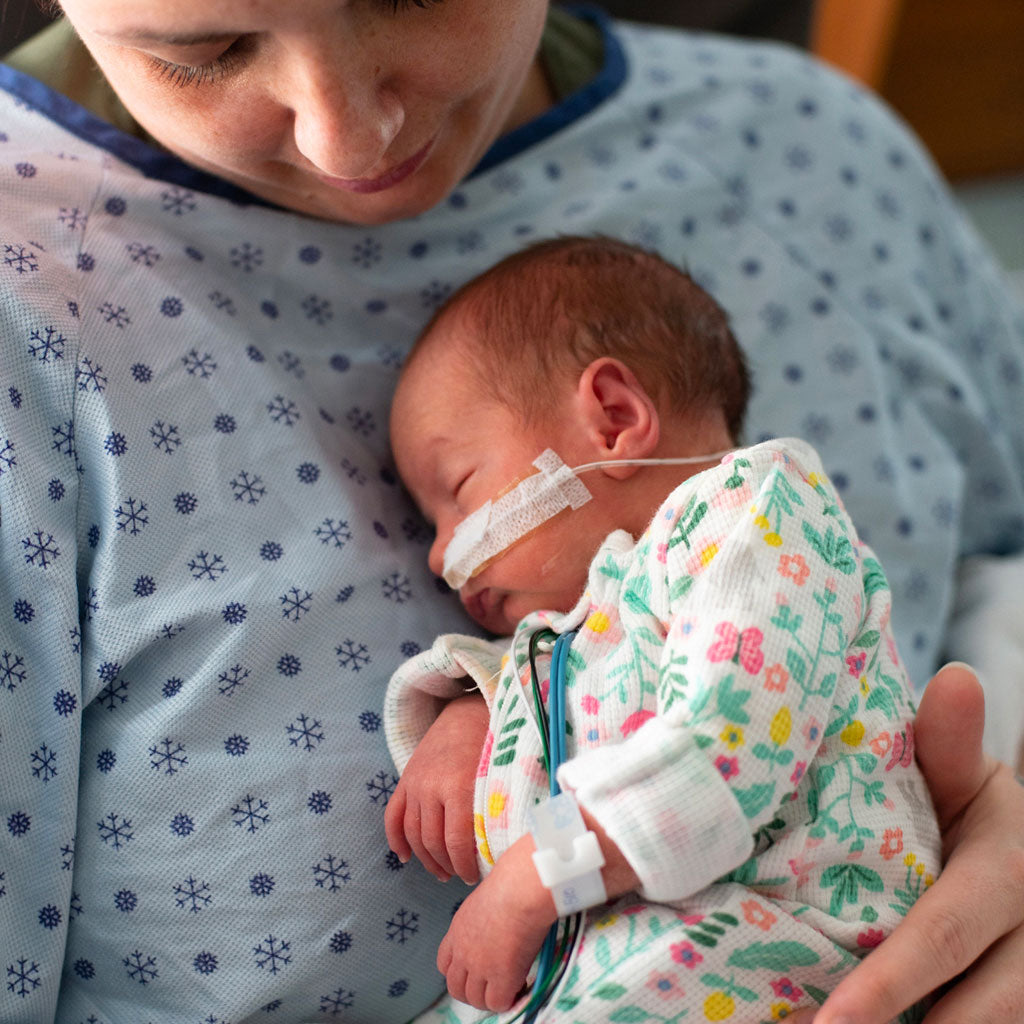
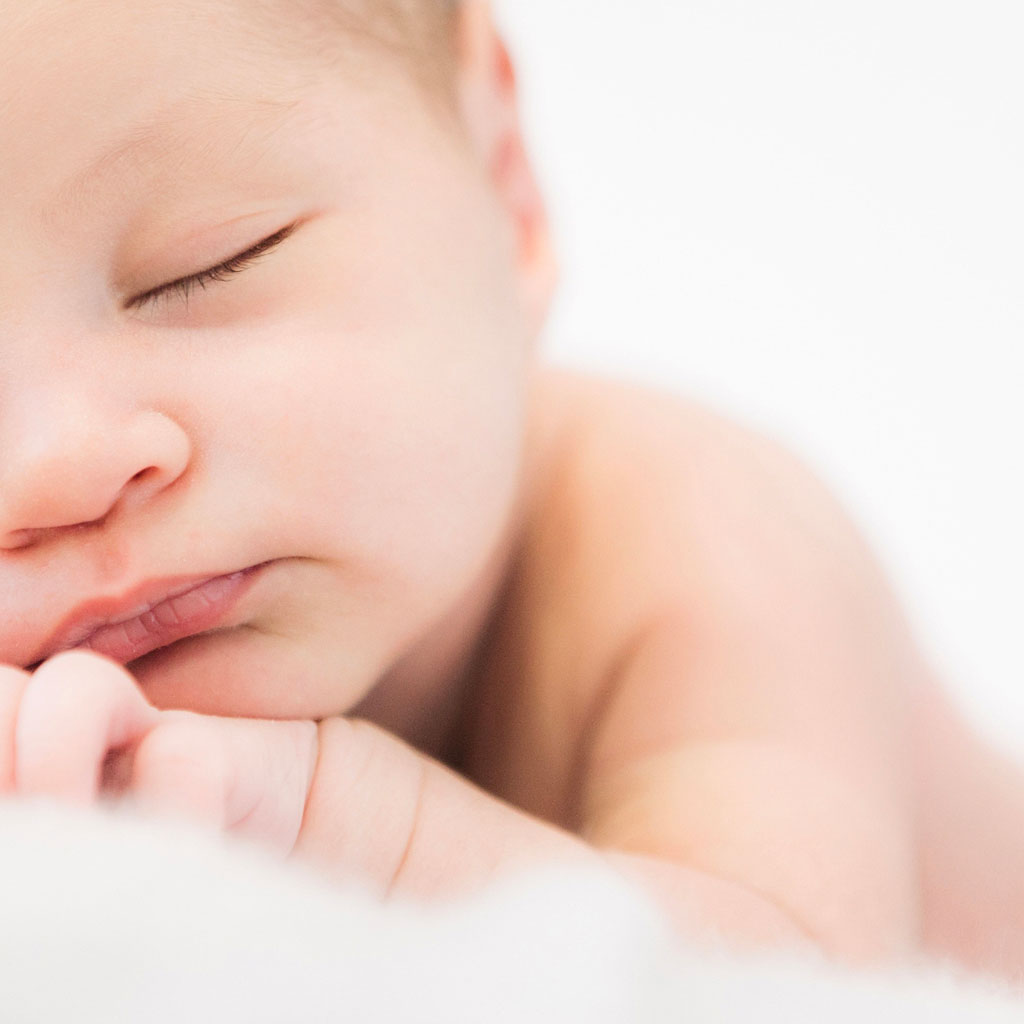
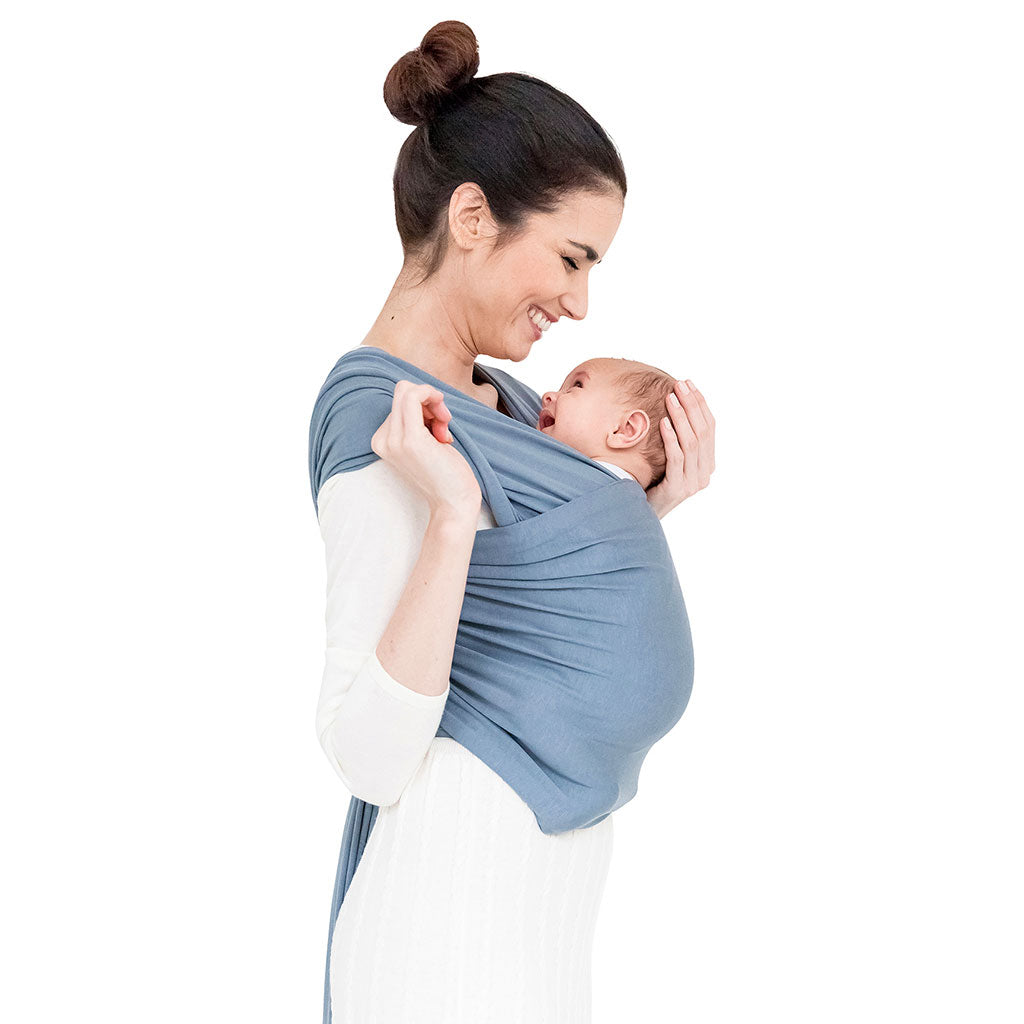
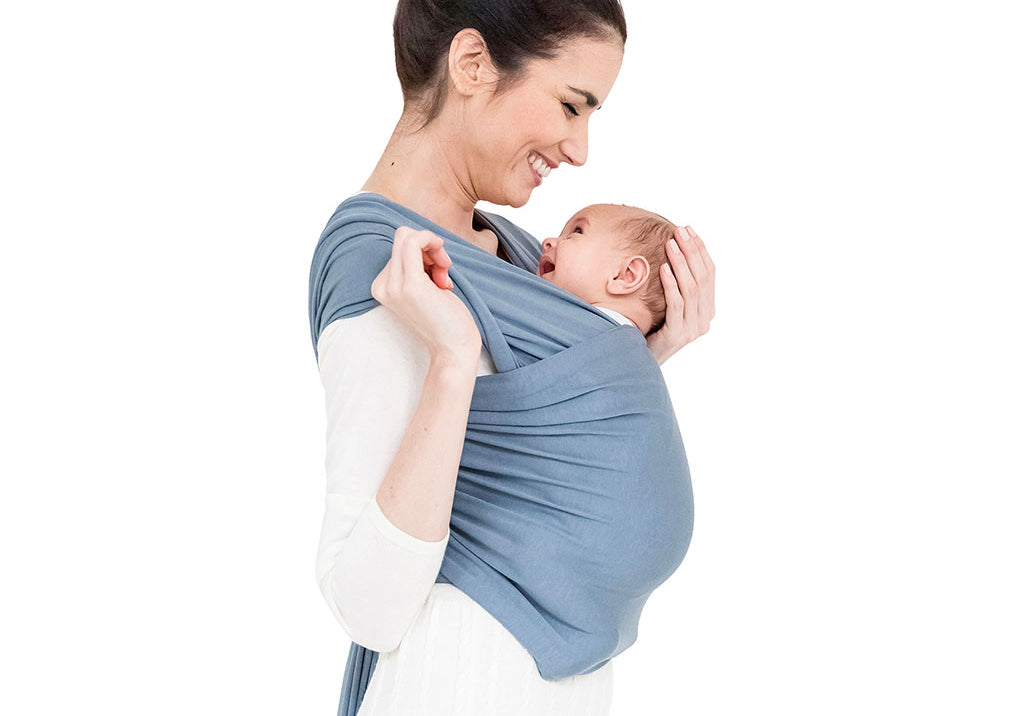
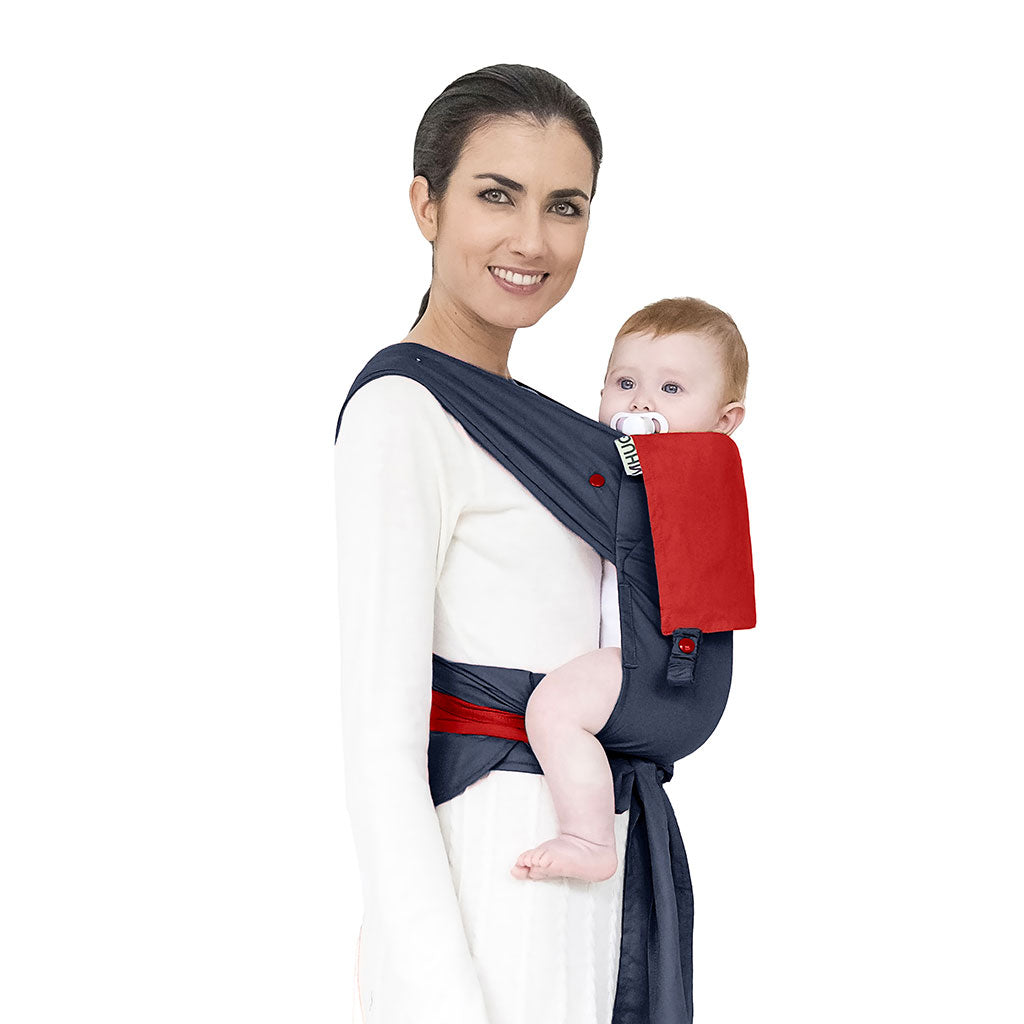
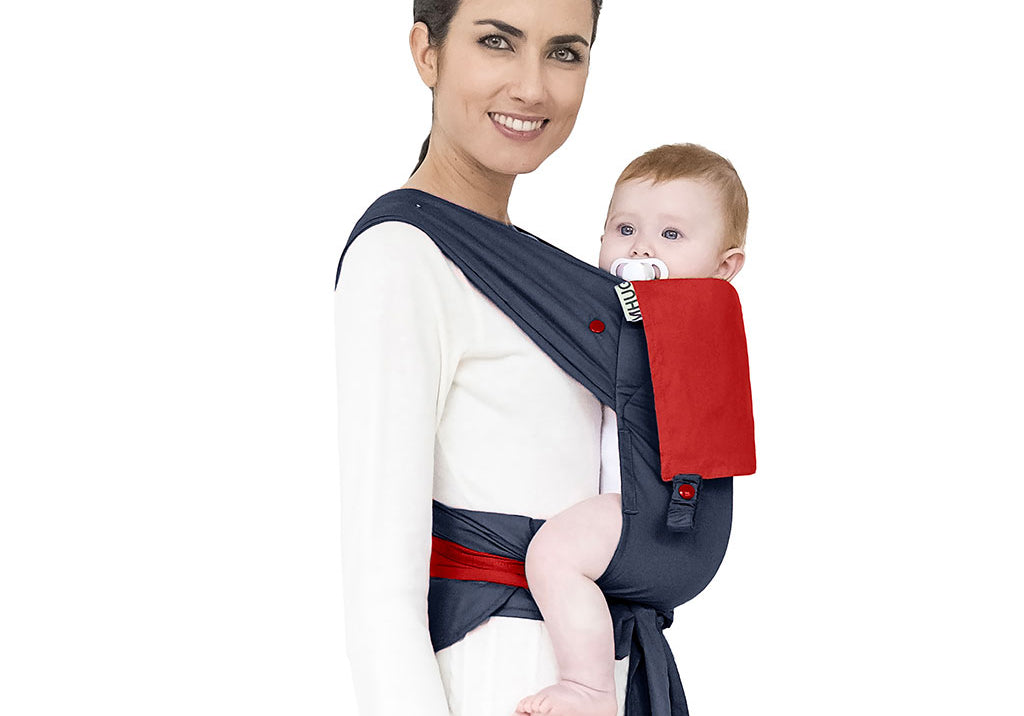
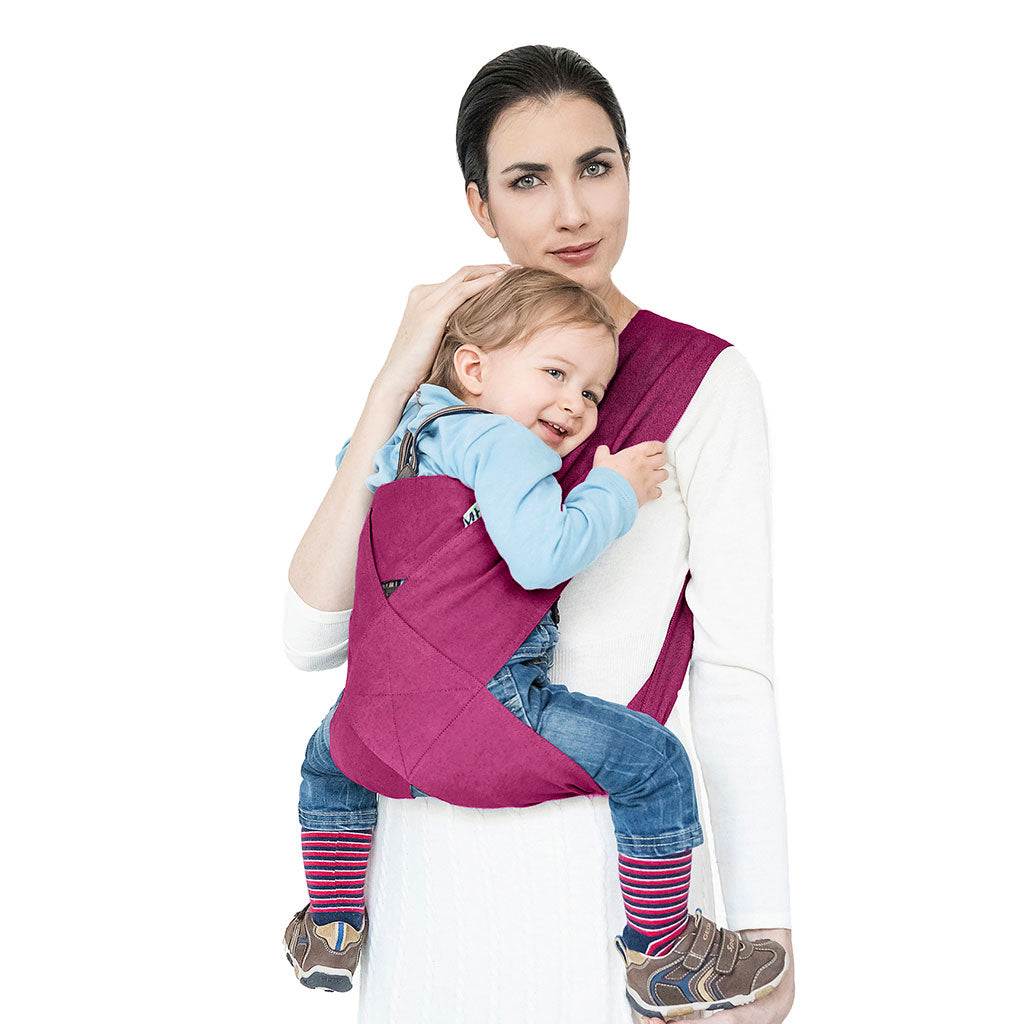

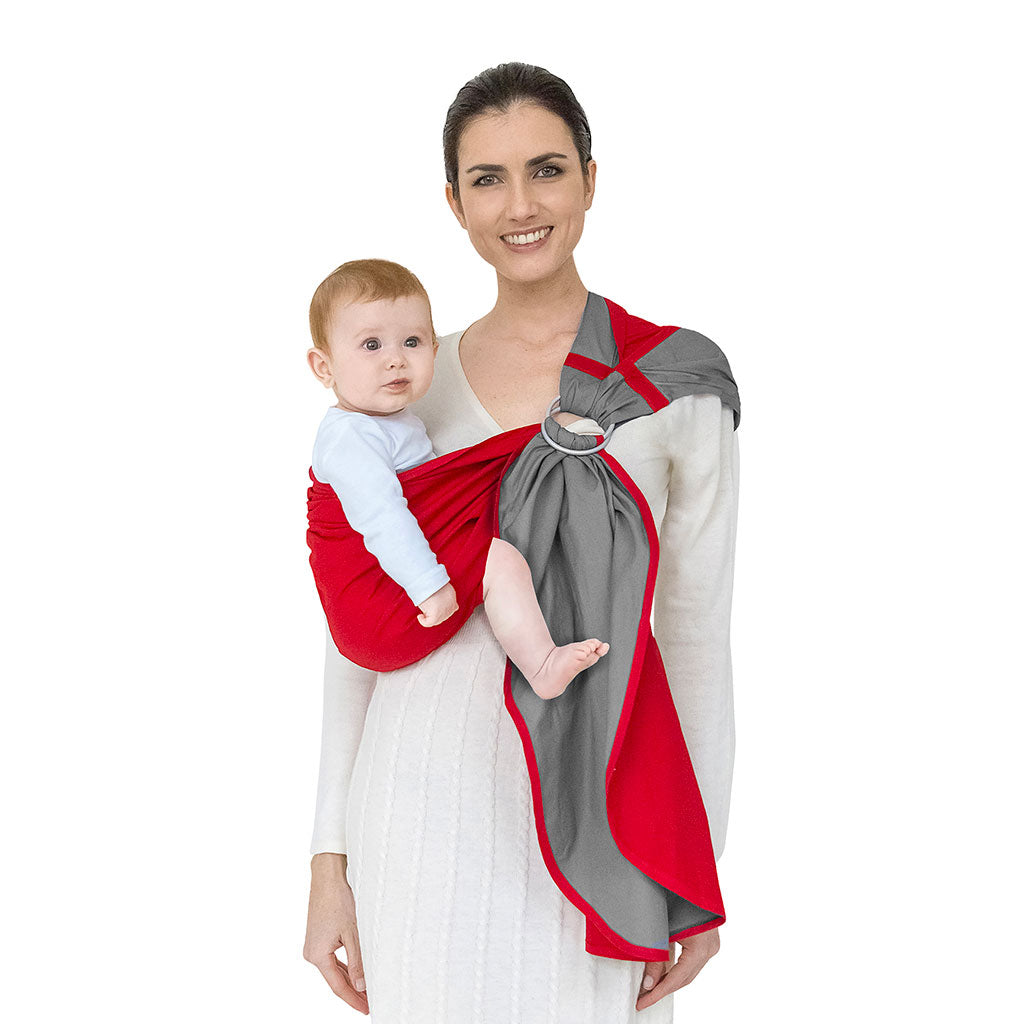
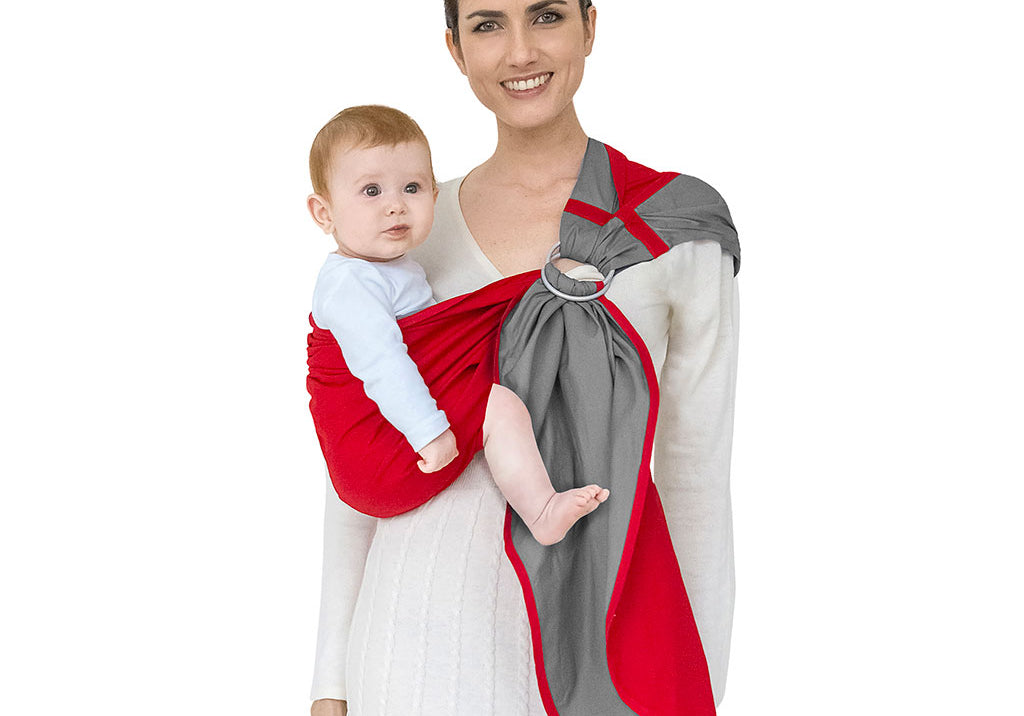
Leave a comment